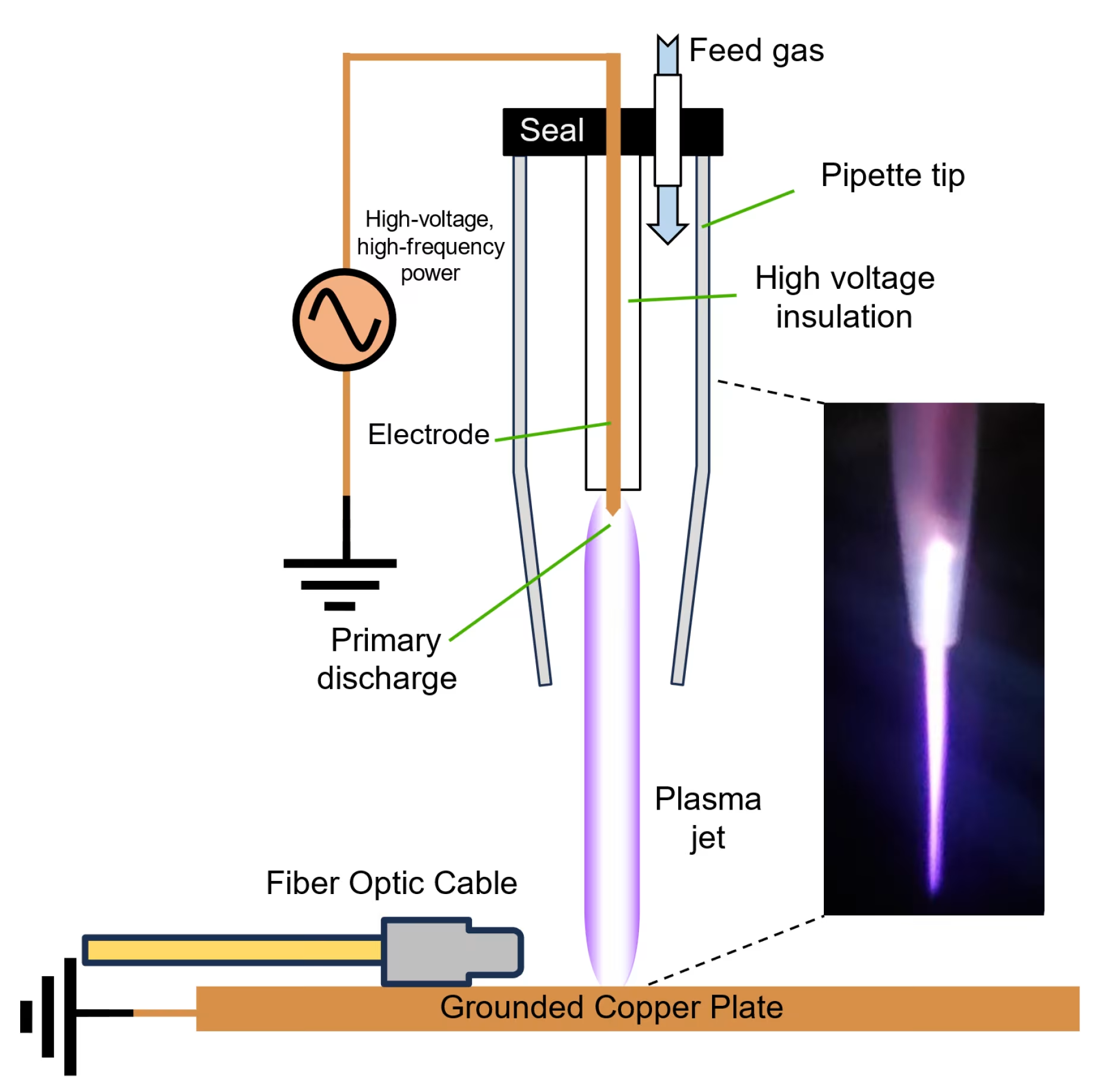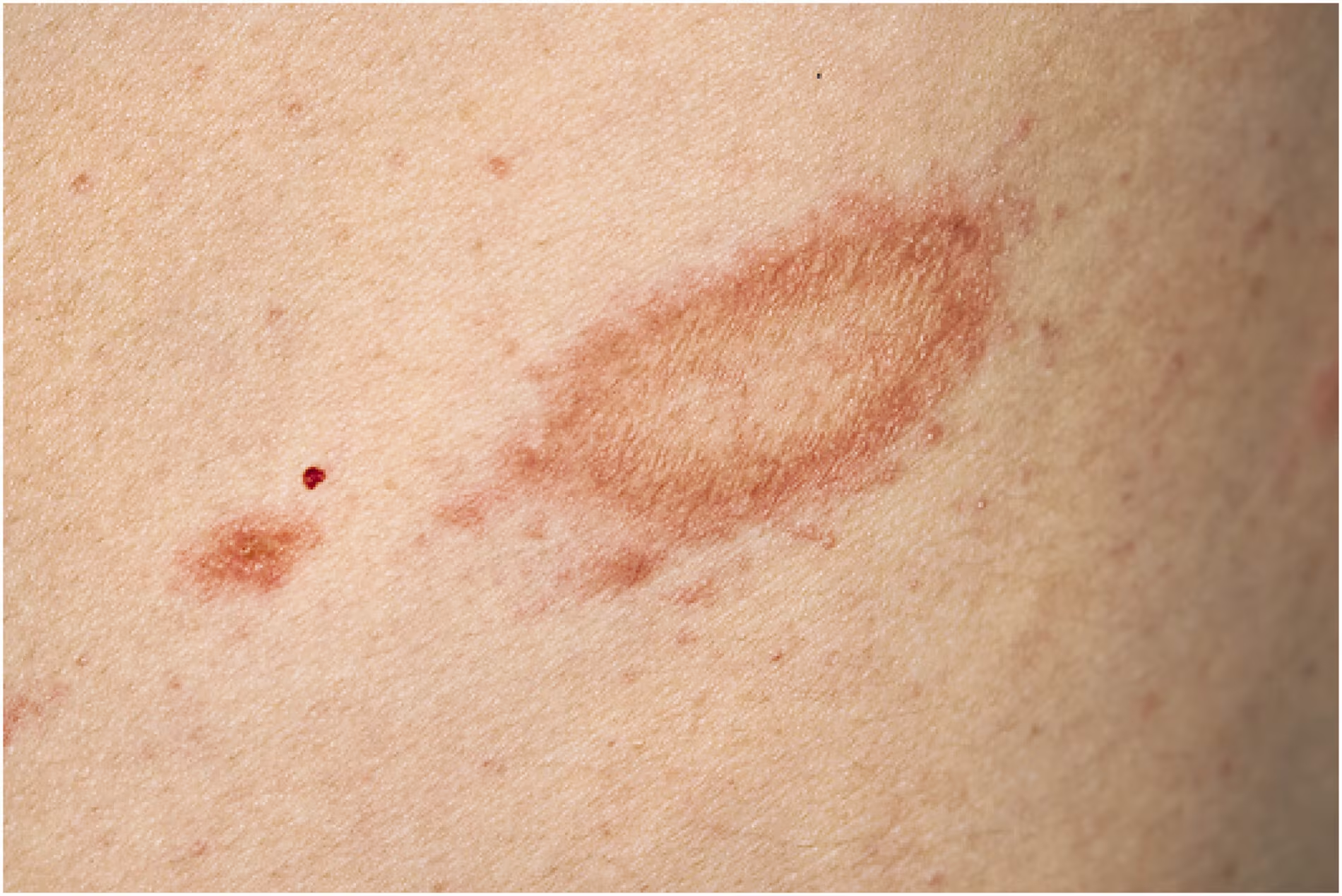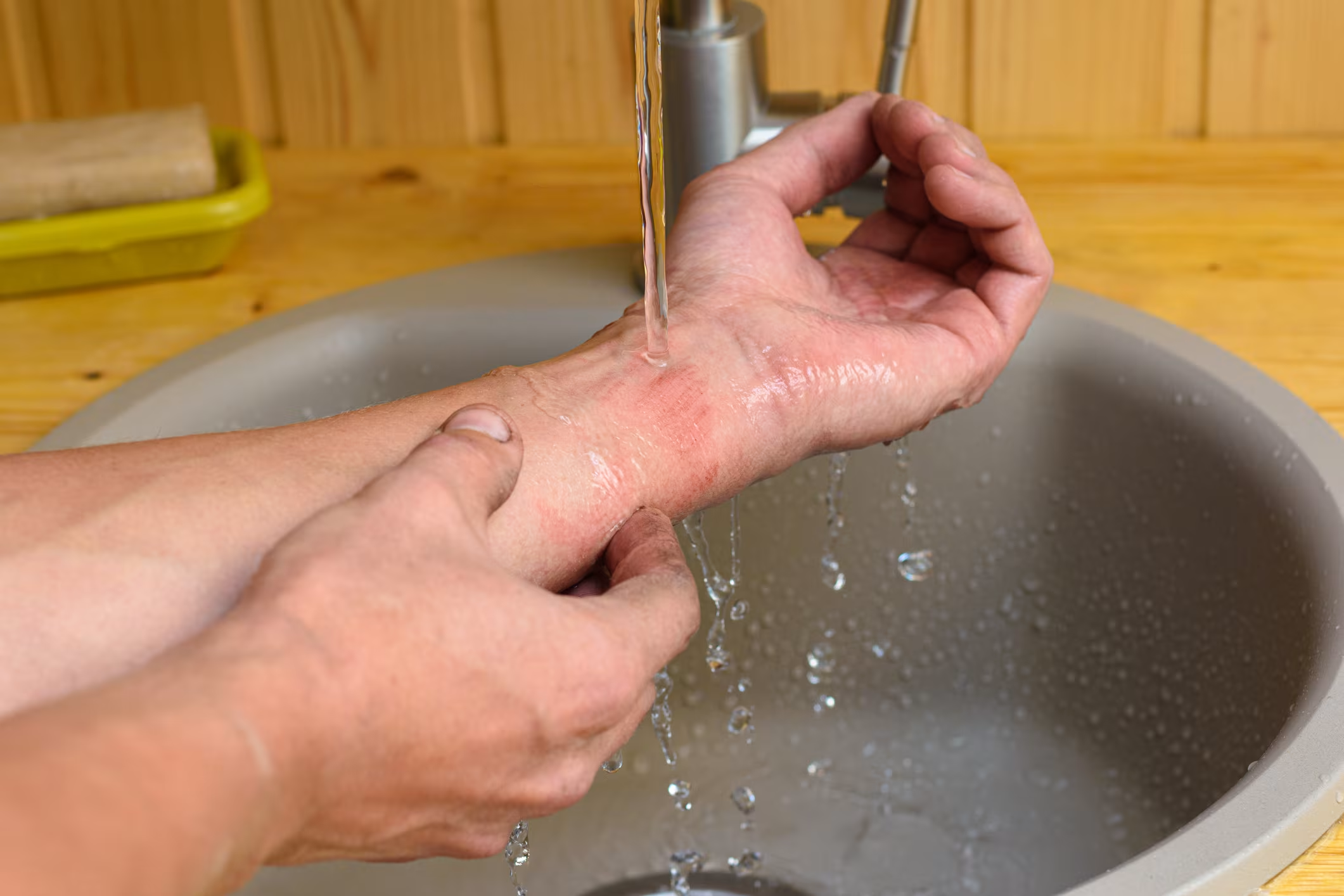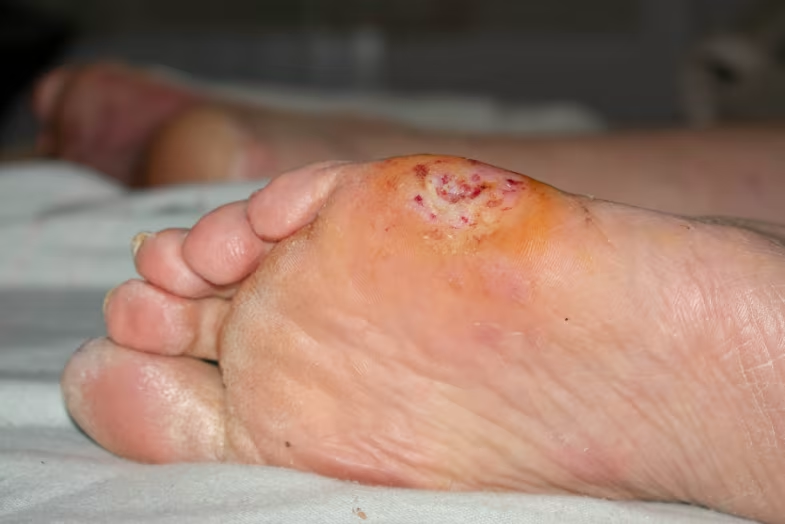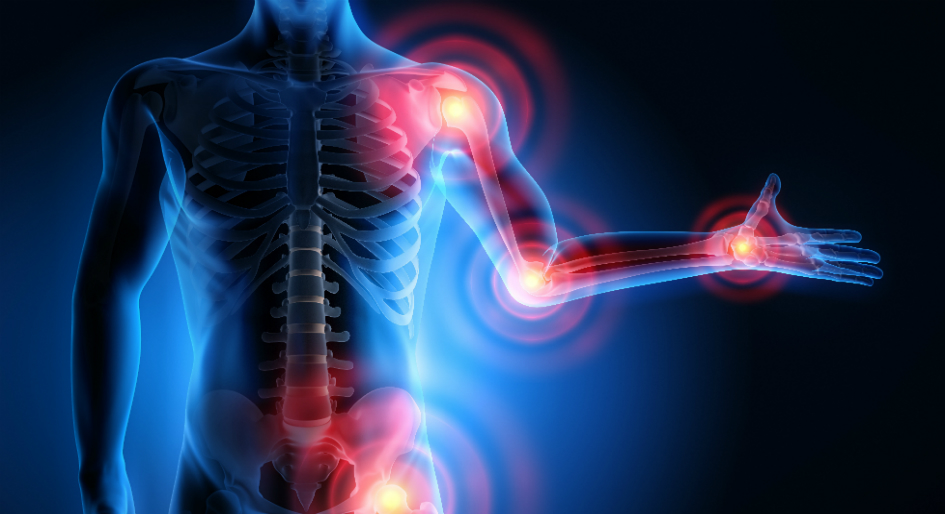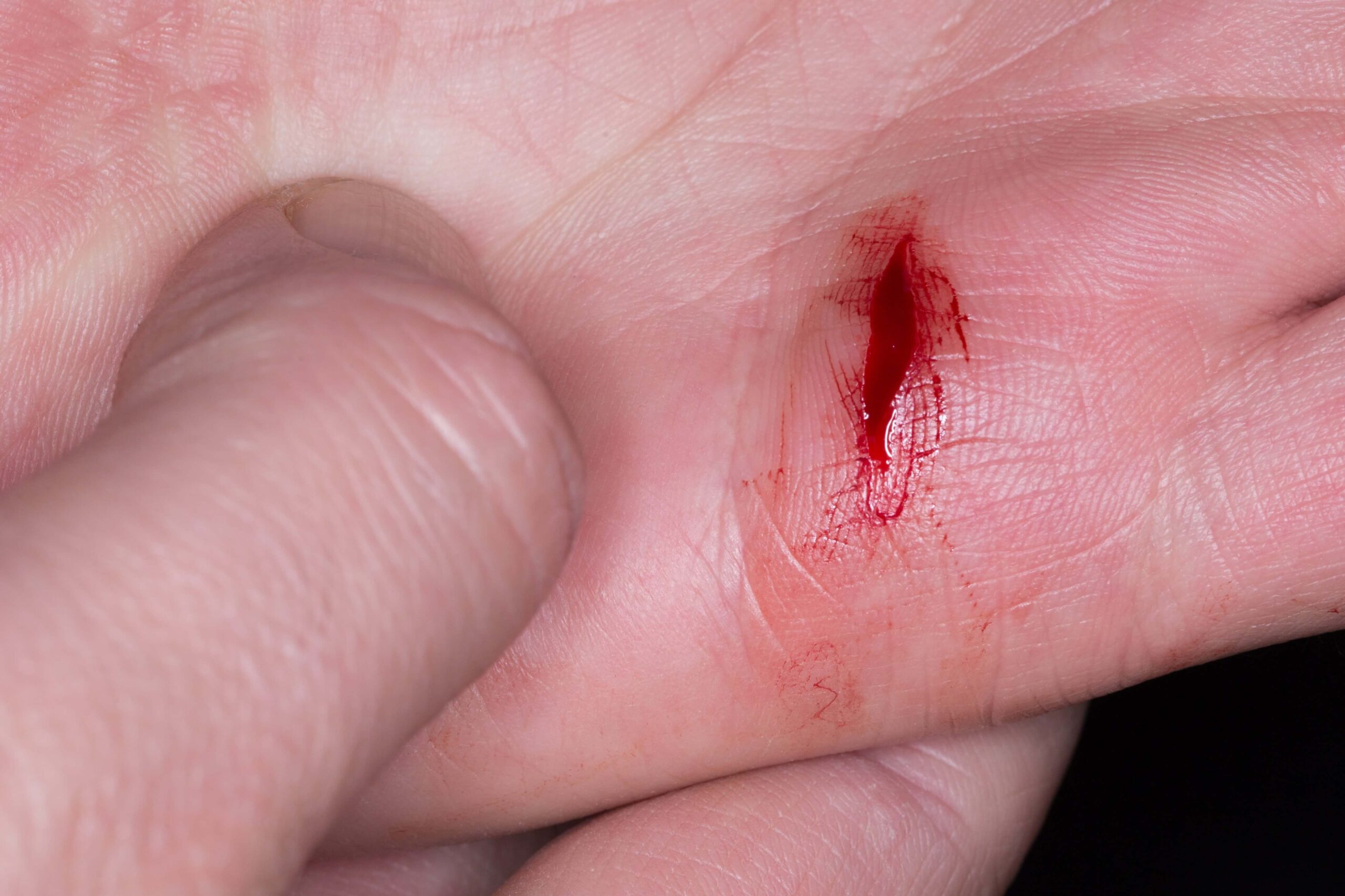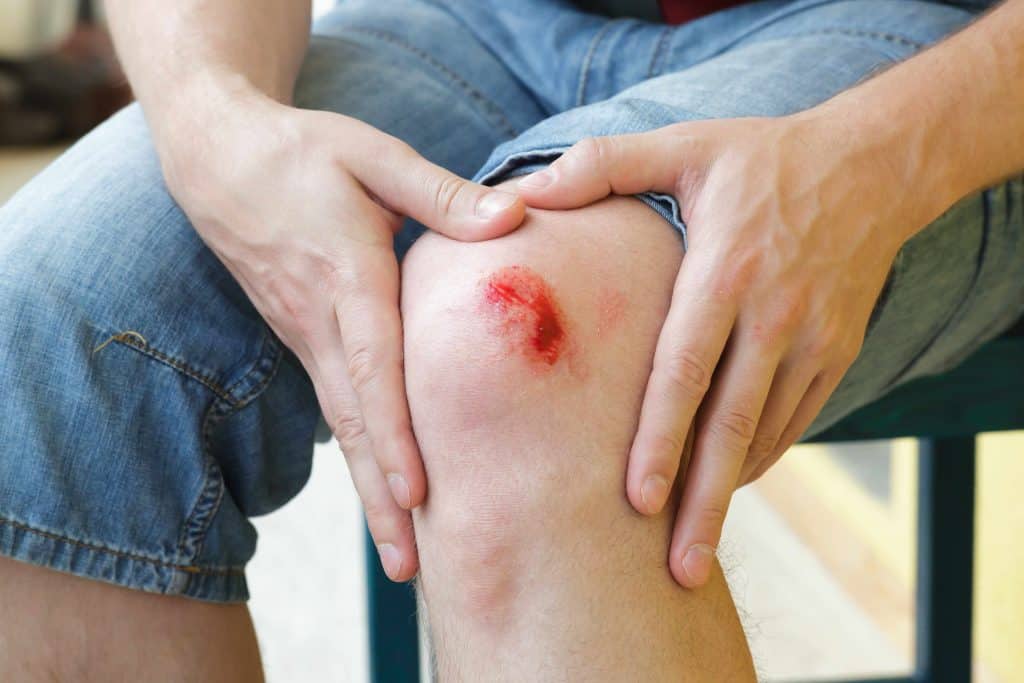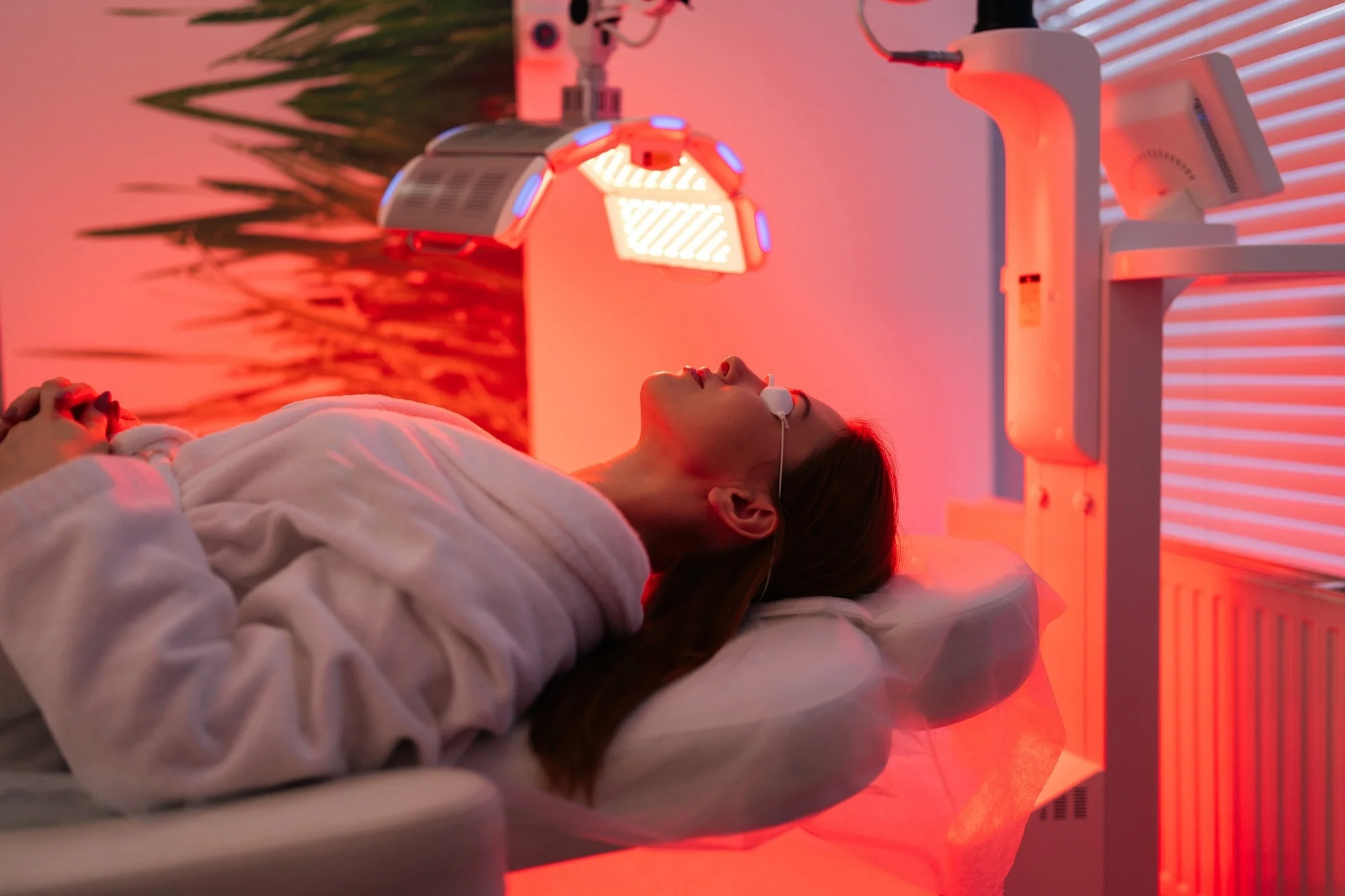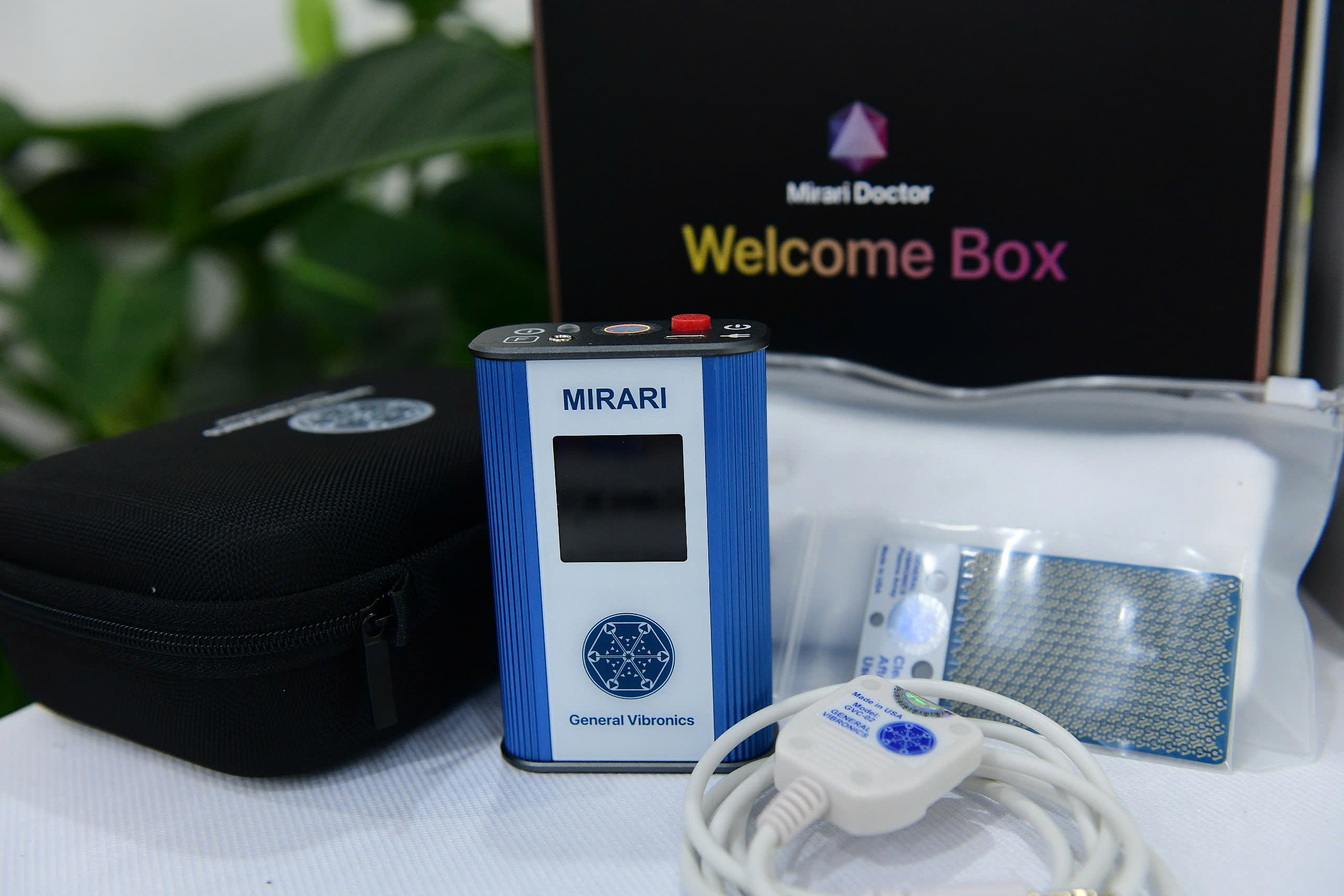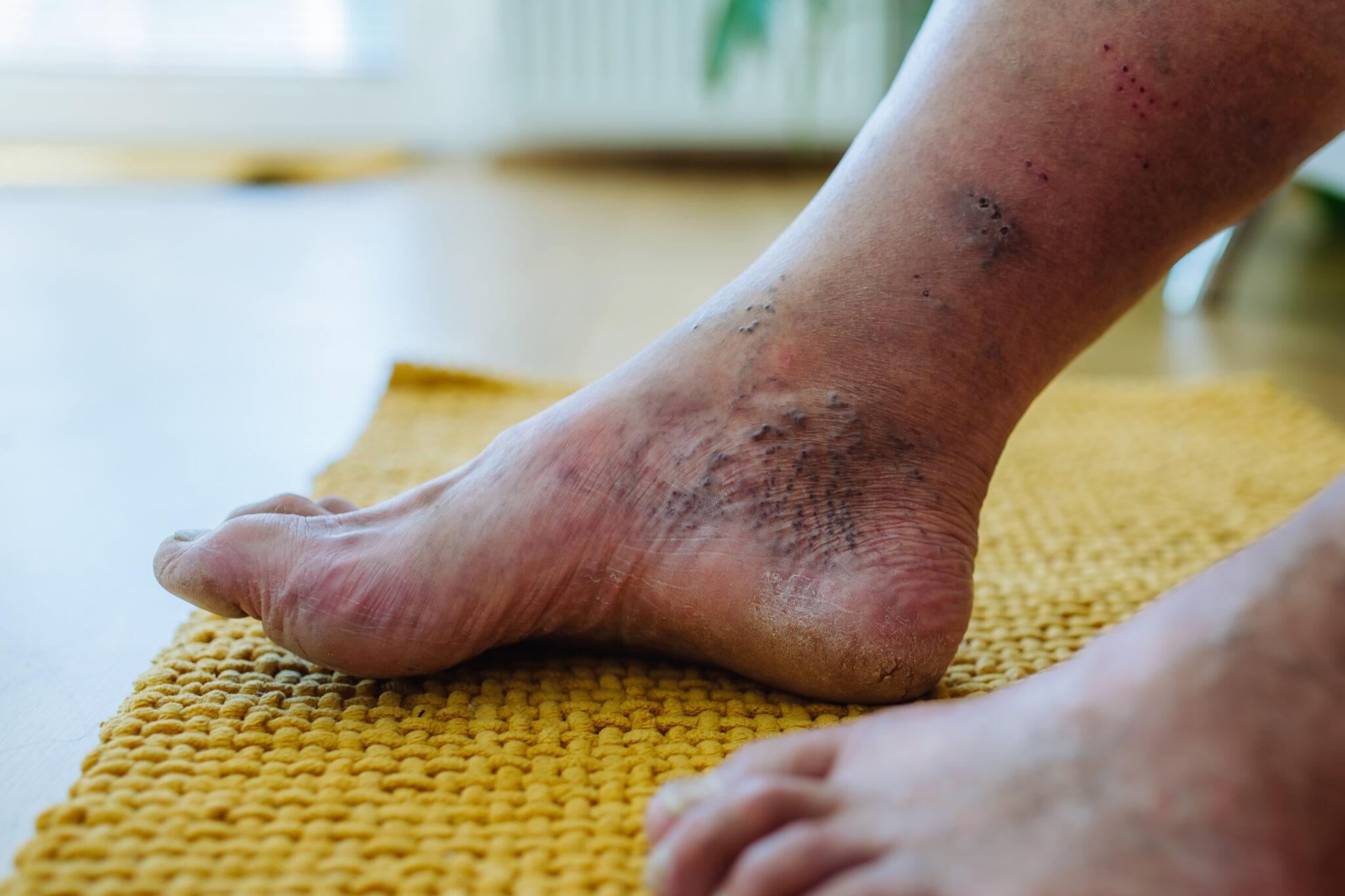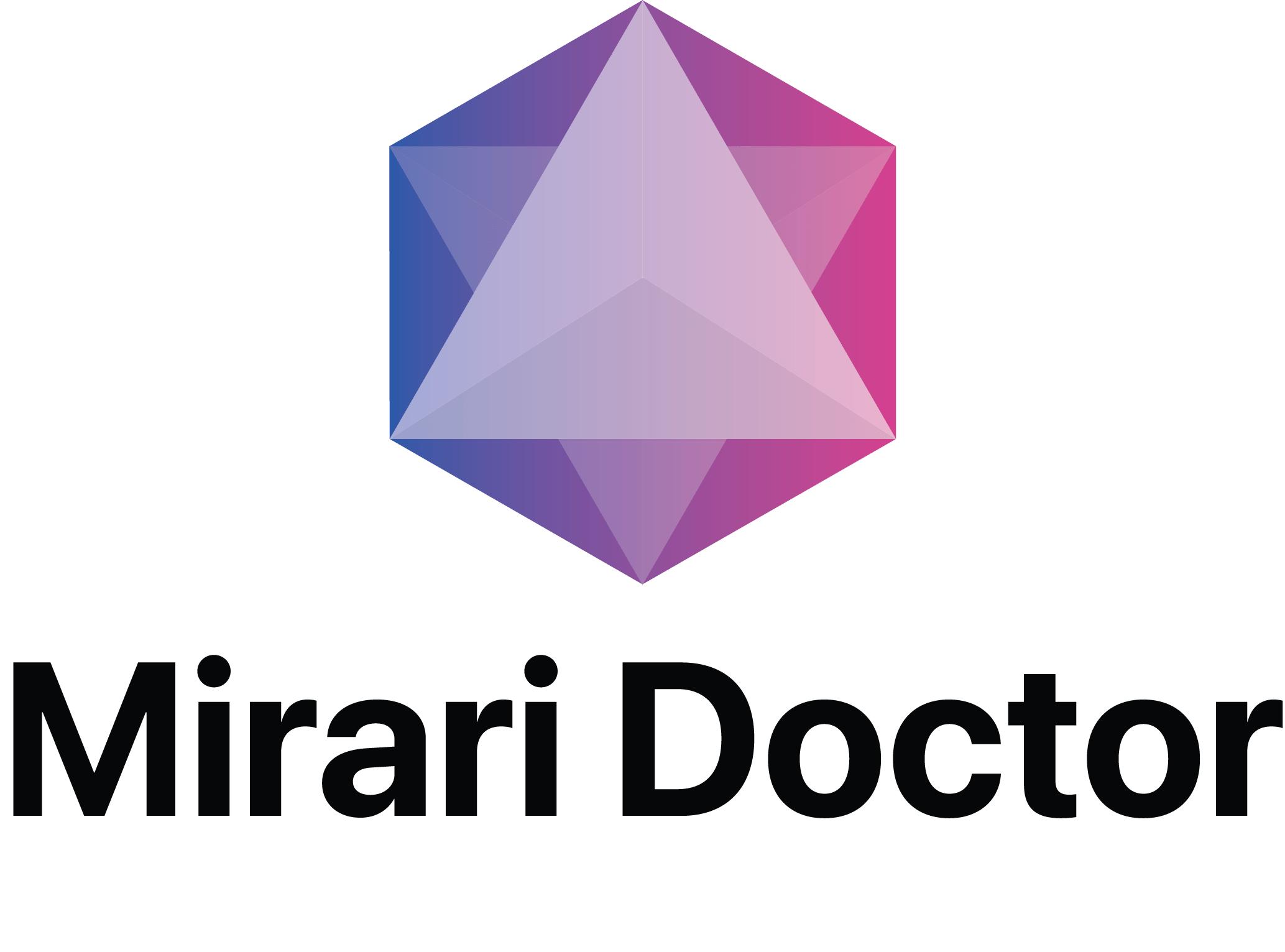
You May Be Interested In:
- Pain Relief: Complete Guide to Effective Treatment Options
- Chronic Pain Relief: Revolutionary Cold Plasma Breakthrough
- What Is the Difference Between Chronic and Acute Pain? Understanding Pain Types for Better Treatment
- Mirari Cold Plasma vs Red Light Therapy: A Comprehensive Medical Comparison for Pain Management
- Cold Plasma for Diabetes: Revolutionary Treatment for Diabetic Complications and Wound Healing
Cold plasma in pain relief represents a groundbreaking advancement in modern pain management, offering patients a non-invasive, drug-free alternative to traditional therapies. This innovative technology harnesses the power of ionized gas at room temperature to modulate pain pathways, reduce inflammation, and promote tissue healing without the risks associated with pharmaceutical interventions or invasive procedures.
Unlike conventional pain treatments that often focus on symptom masking, cold atmospheric plasma addresses the underlying mechanisms of pain through multiple therapeutic pathways. The technology generates reactive oxygen and nitrogen species, including nitric oxide, which play crucial roles in pain modulation and tissue regeneration.
Understanding Cold Plasma Technology for Pain Management
Scientific Mechanisms Behind Cold Plasma Pain Relief
Cold atmospheric plasma operates through several interconnected mechanisms that make it particularly effective for pain management. The technology creates a controlled environment of reactive species that interact with biological tissues to promote healing and reduce pain sensation[1].
The primary mechanisms include nitric oxide production, which acts as a neurotransmitter and neuromodulator in pain pathways. Research demonstrates that cold plasma treatment significantly increases endothelial nitric oxide synthase (eNOS) expression and activation, leading to enhanced NO production that affects neural signaling in pain pathways[2].
Nitric Oxide vs Reactive Oxygen Species in Pain Modulation
Cold plasma generates both nitric oxide (NO) and reactive oxygen species (ROS), each contributing differently to pain relief. NO acts as a dual-function molecule, providing both immediate pain relief through neural pathway modulation and long-term healing benefits through enhanced circulation and tissue regeneration.
ROS, when generated at controlled levels, help reduce oxidative stress and inflammation while promoting cellular repair mechanisms. This balanced approach ensures therapeutic benefits without the tissue damage associated with excessive oxidative stress.
Neural Pathway Modulation Through Cold Plasma
Cold plasma in pain relief works by directly influencing neural transmission and pain processing. The technology affects multiple levels of the pain pathway, from peripheral nociceptors to central nervous system processing.
Studies show that cold plasma can reduce pain intensity scores by 30-50% in conditions involving superficial tissues, with particularly pronounced effects in chronic pain conditions[3]. The treatment modulates nerve conduction velocity and alters ion channel dynamics, effectively reducing pain signal transmission.
Clinical Applications of Cold Plasma in Pain Relief
Chronic Pain Management
Cold plasma therapy has shown remarkable efficacy in treating various chronic pain conditions. Clinical trials demonstrate significant pain reduction in patients with fibromyalgia, arthritis, and neuropathic pain conditions[4].
The technology’s ability to address multiple pain mechanisms simultaneously makes it particularly valuable for complex chronic pain syndromes that have proven resistant to conventional treatments. Patients often experience sustained improvements that extend well beyond the treatment period.
Acute Pain and Wound-Related Discomfort
For acute pain management, cold plasma offers rapid relief with minimal side effects. Research involving burn patients showed that pain decreased significantly from 28.4% during treatment to 7.5% after treatment, with 56.9% of treatments causing no pain at all[5].
The technology’s antimicrobial properties also make it particularly effective for wound-related pain, as it addresses both the pain symptoms and underlying infection that may be contributing to discomfort.
Musculoskeletal Pain Applications
Cold plasma in pain relief has demonstrated particular promise for musculoskeletal conditions. The technology’s anti-inflammatory effects help reduce swelling and tissue irritation while promoting healing of damaged structures.
Clinical observations show that patients with joint pain, muscle spasms, and soft tissue injuries experience both immediate pain relief and improved long-term outcomes when treated with cold plasma therapy.
Technical Specifications of Cold Plasma Pain Relief Systems
| Parameter | Specification | Clinical Significance |
|---|---|---|
| Operating Temperature | Room temperature (20-25°C) | Eliminates thermal burn risk |
| Treatment Duration | 10-15 minutes per session | Optimal therapeutic exposure |
| Frequency Range | 80 kHz monopolar RF | Precise neural pathway targeting |
| Power Output | 2-4W adjustable | Customizable intensity levels |
| Nitric Oxide Generation | Controlled physiological levels | Enhanced pain pathway modulation |
| Session Frequency | 2-3 times per week | Sustained therapeutic benefits |
Clinical Benefits and Treatment Outcomes
| Pain Condition | Treatment Protocol | Reported Outcomes | Timeline for Relief |
|---|---|---|---|
| Chronic Neuropathic Pain | 15 minutes, 3x weekly | 40-60% pain reduction | 2-4 weeks |
| Acute Wound Pain | 10 minutes daily | 70% immediate relief | Within 24 hours |
| Fibromyalgia | 20 minutes, 2x weekly | Reduced inflammation, improved sleep | 3-6 weeks |
| Arthritis Pain | 15 minutes, 3x weekly | Enhanced mobility, reduced stiffness | 2-5 weeks |
| Post-Surgical Pain | 10 minutes daily | Reduced opioid requirements | 1-3 days |
| Muscle Spasms | 15 minutes as needed | Immediate muscle relaxation | Within minutes |
Advanced Cold Plasma Devices for Pain Management
Mirari Cold Plasma System Innovation
One of the pioneering medical devices applying cold plasma therapy for pain relief is the Mirari Cold Plasma System, developed by General Vibronics and commercialized by Mirari Doctor. This innovative device received FDA clearance in November 2024, marking a significant milestone in its validation for medical use[6].
The Mirari system utilizes proprietary nitric oxide-based cold plasma technology, distinguishing it from traditional ROS-based systems. This approach offers enhanced safety profiles while maintaining therapeutic efficacy for pain management applications.
Unique Features of the Mirari System
The Mirari Cold Plasma device incorporates advanced safety features including temperature monitoring, automatic shutoff mechanisms, and precise energy delivery controls. The system operates at 80 kHz frequency with adjustable power settings, allowing practitioners to customize treatments based on patient needs and pain conditions.
Healthcare professionals using the Mirari system report improved patient outcomes and reduced treatment times compared to conventional pain therapies. The device’s portability and ease of use make it particularly valuable for various clinical settings.
Safety Profile and Patient Tolerance
Cold plasma in pain relief demonstrates an excellent safety profile with minimal reported side effects. Clinical studies show that adverse reactions are rare and typically limited to temporary mild skin redness or slight sensitivity at the treatment site[7].
The non-thermal nature of cold plasma significantly reduces safety concerns compared to traditional thermal therapies used in pain management. This safety advantage makes cold plasma suitable for a broader range of patients, including those who may not be candidates for more aggressive interventions.
Comparing Cold Plasma to Traditional Pain Management
Advantages Over Pharmaceutical Approaches
Cold plasma in pain relief offers several distinct advantages over traditional pharmaceutical pain management. The technology provides localized treatment without systemic side effects, reducing the risk of drug interactions and complications associated with long-term medication use.
Unlike opioid medications that carry addiction risks and NSAIDs that may cause gastrointestinal issues, cold plasma therapy offers effective pain relief without these concerns. This makes it particularly valuable for patients seeking alternatives to pharmaceutical interventions.
Non-Invasive Alternative to Surgical Procedures
For patients considering invasive pain management procedures, cold plasma offers a non-surgical alternative that can provide comparable relief without the associated risks and recovery time. The technology can often delay or eliminate the need for more aggressive interventions.
Clinical evidence suggests that cold plasma therapy may reduce overall treatment costs by providing effective pain relief with fewer sessions than traditional multi-step pain management protocols.
Patient Selection and Treatment Protocols
Ideal Candidates for Cold Plasma Pain Relief
Cold plasma therapy is suitable for a wide range of patients experiencing various pain conditions. Ideal candidates include those with chronic pain conditions that have not responded adequately to conventional treatments, patients seeking to reduce pharmaceutical dependence, and individuals who cannot tolerate traditional pain medications.
The technology is particularly beneficial for patients with localized pain conditions, wound-related discomfort, and inflammatory pain syndromes. Healthcare providers can assess patient suitability based on pain characteristics, medical history, and treatment goals.
Treatment Planning and Protocol Development
Effective cold plasma pain relief requires careful treatment planning based on individual patient needs. Healthcare providers typically begin with conservative treatment parameters and adjust based on patient response and tolerance.
Treatment protocols generally involve 2-3 sessions per week for chronic conditions, with acute pain often requiring daily treatments initially. The duration and frequency of treatments are customized based on pain severity, condition chronicity, and patient response.
Future Developments in Cold Plasma Pain Relief
Emerging Research and Clinical Applications
Ongoing research continues to expand the applications of cold plasma in pain relief. Current investigations include optimized treatment protocols for specific pain conditions, combination therapies with other modalities, and enhanced device technologies for improved therapeutic outcomes.
Scientists are working to develop more sophisticated devices with enhanced targeting capabilities and automated treatment protocols. The integration of artificial intelligence and machine learning may enable personalized treatment approaches based on individual patient characteristics and response patterns.
Integration with Multimodal Pain Management
Future developments may include combination therapies that integrate cold plasma with other pain management approaches, such as physical therapy, psychological interventions, and targeted pharmaceutical treatments. These synergistic approaches could further enhance therapeutic outcomes for complex pain conditions.
The Mirari Doctor platform at miraridoctor.com continues to support research and development efforts, providing healthcare professionals with access to cutting-edge cold plasma technology and clinical support resources.
Patient-Focused Frequently Asked Questions
How quickly can I expect pain relief from cold plasma treatment?
Most patients begin to experience pain relief during or immediately after their first cold plasma session. For acute pain conditions, significant improvement often occurs within 24-48 hours of initial treatment. Chronic pain conditions typically show gradual improvement over 2-4 weeks of consistent treatment. The timeline varies based on individual factors including pain severity, underlying condition, and overall health status. Some patients report immediate relief during treatment, while others experience cumulative benefits with each session.
Is cold plasma pain relief safe for patients taking pain medications?
Cold plasma therapy is generally safe for patients taking pain medications, as it works through different mechanisms than pharmaceutical treatments. The localized nature of cold plasma means it doesn’t interfere with systemic medications. However, patients should always inform their healthcare provider about all medications they’re taking before beginning treatment. Many patients find they can reduce their medication dependence as cold plasma provides effective pain relief, but any medication changes should be made under medical supervision.
Can cold plasma treatment be used for both acute and chronic pain?
Yes, cold plasma in pain relief is effective for both acute and chronic pain conditions. For acute pain, such as post-surgical discomfort or injury-related pain, cold plasma can provide rapid relief and promote faster healing. For chronic conditions like fibromyalgia, arthritis, or neuropathic pain, the treatment helps address underlying inflammation and tissue dysfunction while providing sustained pain relief. Treatment protocols are adjusted based on whether the pain is acute or chronic, with acute conditions often requiring more frequent initial sessions.
What should I expect during a cold plasma pain relief session?
During a cold plasma treatment session, you’ll typically feel a gentle warming sensation or mild tingling at the treatment site. The therapy is generally comfortable and well-tolerated by most patients. Sessions usually last 10-20 minutes depending on the treatment area and condition being addressed. You can resume normal activities immediately after treatment, though some patients may notice slight redness at the treatment site that resolves within a few hours. Most patients find the treatment relaxing and report feeling immediate or gradual pain relief following the session.
How does cold plasma pain relief compare to other non-invasive treatments?
Cold plasma offers several advantages over other non-invasive pain treatments. Unlike TENS units that only provide temporary symptom relief, cold plasma addresses underlying tissue dysfunction and promotes healing. Compared to laser therapy, cold plasma works at room temperature without risk of thermal injury and provides broader therapeutic effects through multiple mechanisms. Unlike topical treatments that may have limited penetration, cold plasma can affect deeper tissues while maintaining surface safety. The technology’s ability to simultaneously provide pain relief, reduce inflammation, and promote healing makes it a comprehensive treatment option.
Medical Disclaimer:This information is for educational purposes only and should not replace professional medical advice. Always consult with qualified healthcare providers before starting any new pain treatment. Individual responses to cold plasma therapy may vary, and treatment decisions should be based on comprehensive medical evaluation and professional judgment.
References
- Mirari Doctor. (2025). Chronic Pain: Comprehensive Understanding and Cold Plasma Technology./chronic-pain/
- Arndt, S., et al. (2019). Cold atmospheric plasma modulates endothelial nitric oxide synthase signalling and enhances burn wound neovascularisation. Journal of Pathology.//pubmed.ncbi.nlm.nih.gov/31265742/
- Vietnam Medical Journal. (2023). Investigating Adverse Effects of Cold Plasma in Treating Second and Third Degree Burns.//tapchiyhocvietnam.vn/index.php/vmj/article/download/5055/4625/9322
- Mirari Doctor. (2024). MIRARI® Cold Plasma System for various medical conditions.//www.linkedin.com/posts/miraridoctor_home-activity-7218471991354249217-g9_D
- Vietnam Medical Journal. (2023). Investigating Adverse Effects of Cold Plasma in Treating Burns: A Descriptive Study.//tapchiyhocvietnam.vn/index.php/vmj/article/view/5055
- FDA. (2024). MIRARI® Cold Plasma System 510(k) Summary.//www.accessdata.fda.gov/cdrh_docs/pdf24/K242553.pdf
- Guo, J., et al. (2022). Efficacy of Cold Atmospheric Plasma Therapy on Chronic Wounds: An Updated Systematic Review and Meta-Analysis of RCTs.//pubmed.ncbi.nlm.nih.gov/36262869/
Related articles
Made in USA



